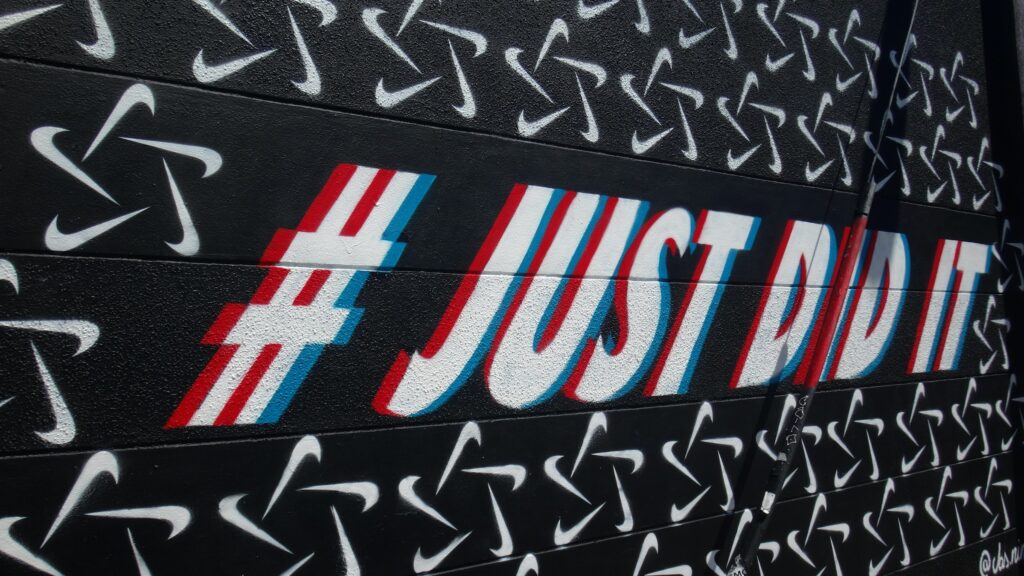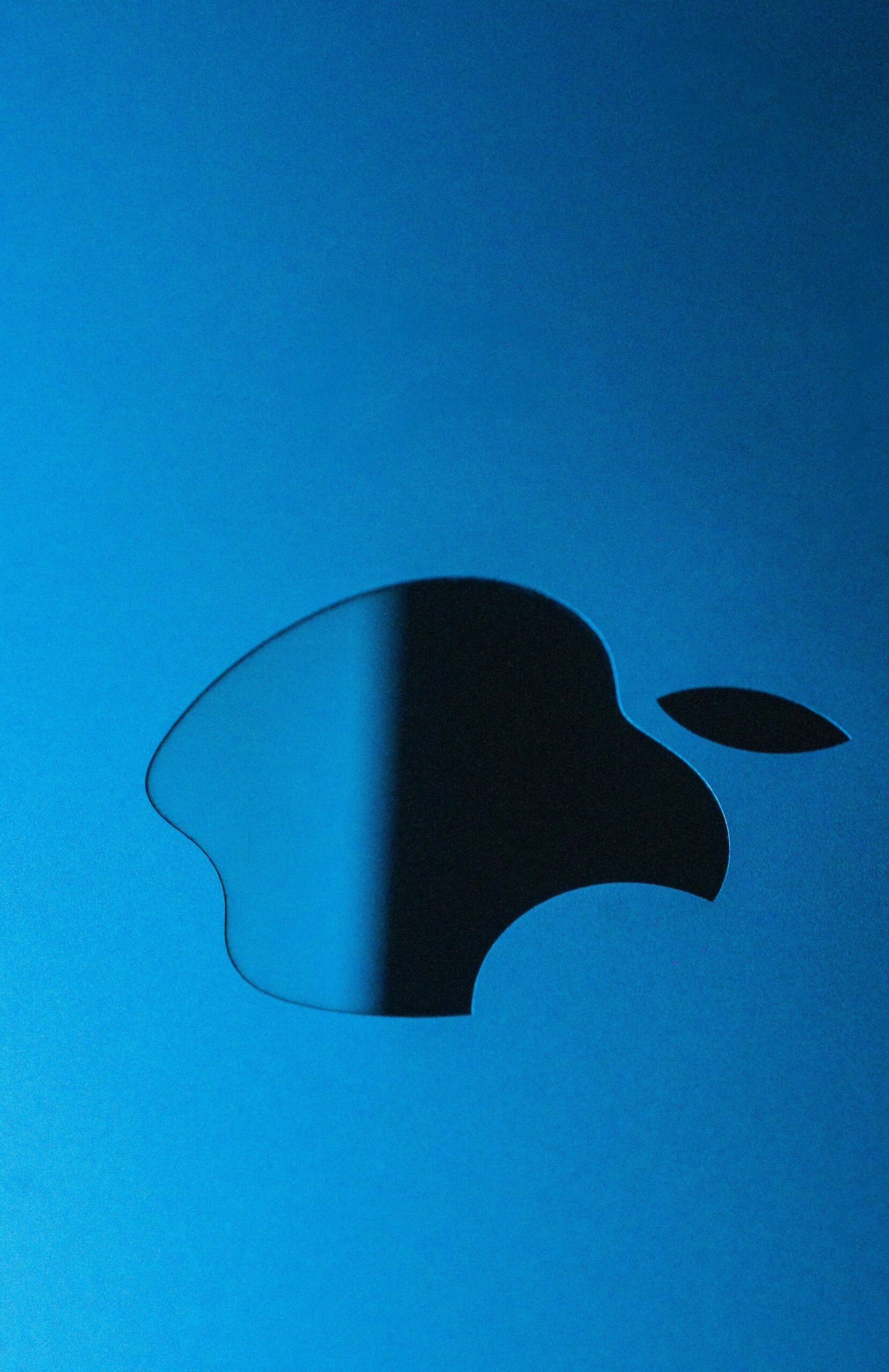Boom! The term “creative strategy” hits you like a thunderbolt. But what does it really mean? Can it transform your business into a brand? Can it bolster your online visibility and skyrocket your conversions? My friend, the answer is a resounding YES! Let’s unpack this powerhouse of a concept and explore how it can revolutionize your business.

The Power of Creative Strategy
Creative strategy is like a secret ingredient in your grandma’s delicious recipe. You don’t know what it is, but you know it makes the dish unforgettable. But let’s clear the fog. A creative strategy is essentially the blueprint, the master plan, and the roadmap for your brand’s creative journey.
It outlines how your brand communicates its unique story, values, and offerings to the world in a distinctive, engaging, and conversion-oriented way.
You might think, “Alright, Sabri, this sounds promising. But why should I care? I’m doing alright without it”. Here’s why – according to HubSpot, companies with a documented strategy are 313% more likely to report success in their marketing efforts. That’s like comparing the success rate of a blindfolded dart player to a seasoned pro. Who would you rather be?
The Anatomy of a Winning Creative Strategy
A potent creative strategy is like a well-oiled machine – it comprises various cogs and gears, each playing a vital role in driving your brand’s message home. Let’s dissect this machine:
Understanding Your Audience: The Key to Unlocking Success
Just like dating, in business, you need to understand the person on the other side. Are you selling to a busy mom who values convenience above all else or a tech-savvy millennial who’s all about the latest trends and gadgets? You need to speak their language, meet them where they are, and cater to their specific needs and preferences. Only then can you make a pitch they can’t refuse?
It isn’t just about demographic data – age, location, income – but psychographic data too: values, hobbies, lifestyles, beliefs. To truly understand your audience, you must go beyond the surface, diving into the ocean of their desires, fears, and motivations.
Crafting Your Unique Selling Proposition (USP): The Shining Armor of Your Brand
What separates you from the sea of competitors in your industry? Is it your superior product quality, exceptional customer service, or innovative technology?
Maybe it’s your commitment to sustainability or your funky, out-of-the-box branding. Your USP is your knight in shining armour – it’s what differentiates you, makes you unique, and gives customers a compelling reason to choose you.
In a world where consumers are bombarded with thousands of marketing messages daily, a strong USP can cut through the noise and make your brand the obvious choice.
Consistency is Key: The Echo that Amplifies Your Brand
In the realm of creative strategy, consistency is the game’s name. Consistency in messaging, tone, and visual identity across all platforms is crucial for building brand recognition and trust. It’s like the echo in a canyon – it reinforces and amplifies your brand’s voice, making it unforgettable.
It ensures that whether a customer sees your ad on social media, reads your blog, or visits your physical store; they get the same impression and experience of your brand. It’s about creating a seamless and cohesive brand experience, no matter where or how customers interact with you.
Emotionally Charged Storytelling: The Spice that Transforms Your Message
Human beings are emotional creatures. We make decisions based on feelings, not logic. That’s where emotionally charged storytelling comes into play. It’s like adding a dash of spice to a bland dish – transforming your message from ‘meh’ to ‘wow’, from forgettable to memorable.
Whether it’s joy, surprise, trust, or anticipation, a touch of emotion can make your message resonate with your audience on a deeper level. It’s about creating a connection, striking a chord, and making your audience feel something.
Staying Ahead of the Curve: The Chameleon in the Box of Skittles
The digital landscape is evolving faster than a cheetah on steroids. New trends, technologies, and platforms are emerging daily, and what worked yesterday may not work today. To stay relevant and competitive, your creative strategy needs to be as adaptable and agile as a chameleon in a box of Skittles.
It’s about staying on top of industry trends, understanding new consumer behaviours, and constantly tweaking and optimizing your strategy to meet the market’s changing demands.
Knowing the fundamentals of creative strategy is the first step. In the immortal words of Picasso, “Learn the rules like a pro, so you can break them like an artist.” But to truly excel, you must infuse your strategy with your unique flavour, breaking the rules and challenging the status quo. That’s when the magic happens, and your brand truly comes to life.
Embracing Data: The Compass for Your Creative Strategy
We live in the age of information. Never before have businesses had access to such vast amounts of data. But it’s not just about having data; it’s about knowing how to use it. Data can provide invaluable insights into your audience’s behaviours, preferences, and purchasing habits. It can reveal what’s working in your strategy and what’s not.
For instance, is a particular type of content consistently driving more engagement? Or there’s a certain time of day when your audience is most active. These insights can help you refine your strategy, making it more targeted and effective.
It’s like having a compass guiding your decision-making process, ensuring every step is data-driven and purposeful.
Executing Your Creative Strategy: The Chessboard of the Market
You’ve done your research, identified your USP, and crafted a unique, consistent, and emotionally engaging strategy. Now comes the real test: executing your strategy in the dynamic, often unpredictable market.
The market is like a chessboard; your creative strategy is your game plan.
Each move you make – each marketing campaign, social media post, or product launch – should be Evaluating Your Creative Strategy: The Mirror Reflecting Success or Failure
There are various metrics you can track, depending on your goals. If your goal is to drive conversions, you might focus on metrics like conversion rate, cost per conversion, or customer lifetime value. You might track metrics like social media impressions, website traffic, or brand mentions to increase brand awareness.
Ultimately, a successful creative strategy is not a static, one-time thing. It’s an ongoing learning, experimenting, adapting, and improving the process. It’s a journey, not a destination. And like any journey, it’s not always easy. But with the right strategy, the journey can be a thrilling, rewarding adventure that takes your brand to places you never imagined.

Nailing the Creative Strategy: A Deep Dive into Real-World Examples
Success leaves clues. That’s why looking at real-world examples of brands that have nailed their creative strategy is inspiring and instructive. Let’s delve a little deeper into the success stories of Apple, Nike, and Dollar Shave Club.
Apple: The Master of Consistency and Innovation
Apple’s creative strategy is a textbook example of consistency and innovation. Their unique selling proposition (USP) – cutting-edge technology coupled with a sleek, minimalistic design – is not just a claim; it’s a commitment that resonates throughout their product line and marketing efforts.
Take their iconic “Think Different” campaign, for instance. Launched in 1997, the campaign celebrated the “crazy ones,” the “misfits,” and the “rebels” – the individuals who dared to think differently and, in doing so, changed the world. The campaign was not just about selling computers; it was about inspiring people to challenge the status quo, just as Apple was doing in the tech industry.
It aligned perfectly with Apple’s innovative spirit and design-centric philosophy.
Fast forward to today, and you’ll see the same consistency in Apple’s latest iPhone ads. Every element – from the striking visuals to the succinct copy – echoes their USP of sleek design and cutting-edge technology. The message is clear: if you value design and innovation, Apple is the brand for you.

Nike: Powering Through Emotion and Motivation
Nike‘s “Just Do It” campaign is more than a slogan; it’s a mantra that encapsulates the brand’s understanding of its audience and its ability to motivate them. Launched in 1988, the campaign tapped into the emotional journey of fitness – the struggle, the perseverance, the triumph – and encapsulated it in three simple, powerful words: Just Do It.
Nike knows its audience well – they are passionate about sports and fitness and constantly strive to push their limits and achieve their personal best. And so, Nike delivers powerful, inspiring messages that resonate with their audience’s mindset and drive engagement and loyalty.
From showcasing stories of athletes overcoming adversity to leveraging influencer marketing with top athletes, Nike’s creative strategy keeps its audience motivated, connected, and ready to achieve their fitness goals. The message is clear: with determination, passion, and Nike gear, there’s no limit to what you can achieve.
Dollar Shave Club: Standing Out with Humor and Relatability
In an industry dominated by established brands, Dollar Shave Club burst onto the scene with a creative strategy that was as bold as it was effective. The strategy hinged on two key elements: humour and relatability.
Their launch video, “Our Blades Are F***ing Great,” was a masterclass in humour and relatability. The video quickly went viral, featuring the company’s CEO wandering through a warehouse while casually discussing their razors’ cost-effectiveness and convenience.
The brand’s tone was different, its message was different, and its approach was different. They did not just sell razors; they challenged the status quo, poking fun at overpriced razors and unnecessary features. Their creative strategy resonated with the audience, who were tired of shelling out big bucks for brand-name razors. And the result? A surge in subscription numbers and a strong brand presence.
These brands – Apple, Nike, and Dollar Shave Club – show that a well-crafted, well-executed creative strategy can truly elevate a business. It can make a brand resonate with its audience, stand out from the competition, and leave a lasting impression in consumers’ minds (and hearts). And in the end, isn’t that what every brand strives for?
Frequently Asked Questions:
What is a creative strategy?
A creative strategy is a blueprint for your brand’s creative journey. It outlines how your brand communicates its unique story, values, and offerings to the world in a way that is distinctive, engaging, and conversion-oriented.
Why is creative strategy important?
A well-crafted creative strategy helps your brand stand out from the competition, resonate with your target audience, and ultimately drive conversions. It ensures that your marketing efforts are aligned with your brand’s identity and goals.
How do I create a creative strategy?
Creating a creative strategy involves understanding your audience, crafting your USP, maintaining consistency in messaging and visuals, using emotionally charged storytelling, and staying ahead of the curve in the digital landscape.
Can you give some examples of brands with successful creative strategies?
Some brands with successful creative strategies include Apple, Nike, and Dollar Shave Club. These brands have expertly crafted their messaging, tone, and visuals to resonate with their target audience and drive conversions.
What if I already have a marketing team? Do I still need a creative strategy?
Yes! A creative strategy provides guidance and direction for your marketing team, ensuring their efforts align with your brand’s identity and goals. It’s like having a compass that keeps your marketing team on track.
The Conclusion:
In conclusion, a well-executed creative strategy is the beating heart of any successful brand. It breathes life into your marketing efforts, capturing the attention and hearts of your target audience. The creative strategy is the key that unlocks the potential of your brand, turning it into an unstoppable force in the market. So, what are you waiting for? Dive into the world of creative strategy, and watch your business soar to new heights!




